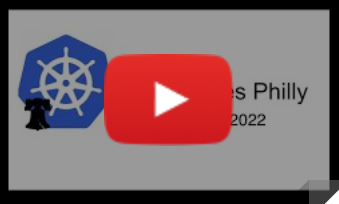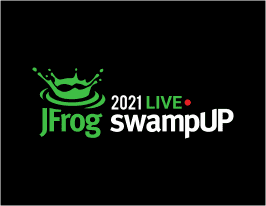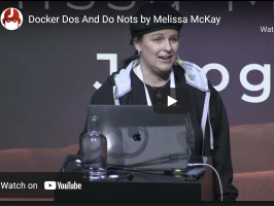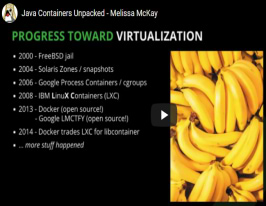K8s Controller Reconciler Logic in Go @ Kubernetes Community Days Sri Lanka [Live Series]
JFrog is a proud Community CNCF Member
September 6, 2022
< 1 min read
Kubernetes Community Days Sri Lanka 2022 | First KCD in Sri Lanka ever | Supported by CNCF | Fully Virtual and Free!!
Kubernetes Community Days Sri Lanka (KCD Sri Lanka) 2022 is a community-organized event supported by the Cloud Native Computing Foundation (CNCF) to help grow and sustain the Kubernetes and cloud-native community. It gathers adopters and technologists from open source and cloud-native communities for education, collaboration, and networking.
Sri Lanka has a growing group of Cloud Native enthusiasts, students, professionals, and technology leaders. KCD Sri Lanka offers a platform for this community to come together and connect with other tech communities in India and neighboring countries. It provides an opportunity to experience conferences like KubeCon / CloudNativeCon together with the rich cultural heritage of Sri Lanka.
Event Dates:
03th of September – Main Event | 04th of September – Virtual Demo Series 2022







